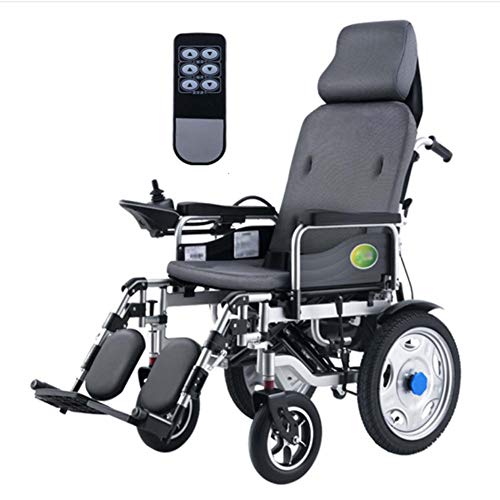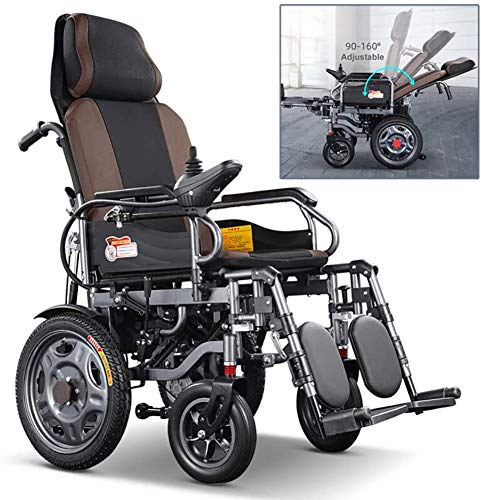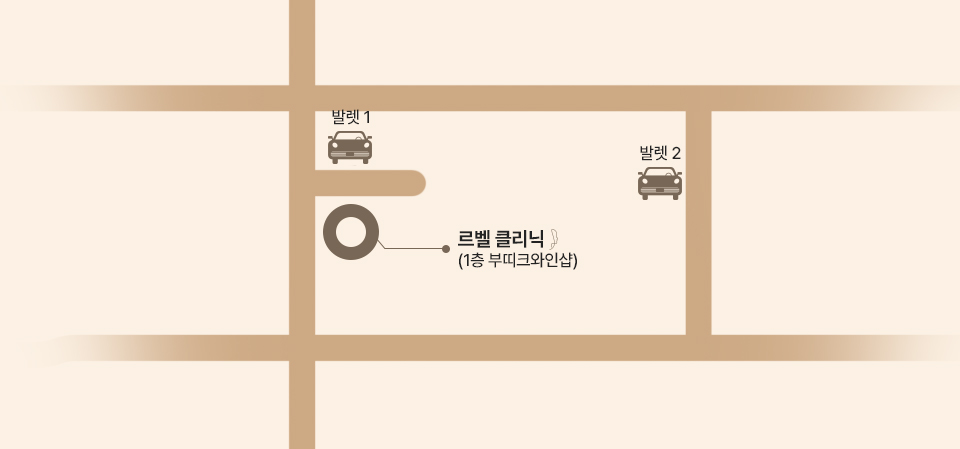How Electric Wheelchair With Joystick Has Changed The History Of Elect…
페이지 정보

본문
Joysticks on power wheelchairs can greatly increase accessibility and independence. However, standardized joysticks can lack accommodation of individualized features of hand impairment.
 This study examined the efficacy and satisfaction of custom-designed power wheelchair joysticks made using 3D printing technology. Modified power-mobility indoor driving assessment (PIDA), National Aeronautics and Space Administration task load index, and the psychosocial impact of assistive devices scale were used for evaluation.
This study examined the efficacy and satisfaction of custom-designed power wheelchair joysticks made using 3D printing technology. Modified power-mobility indoor driving assessment (PIDA), National Aeronautics and Space Administration task load index, and the psychosocial impact of assistive devices scale were used for evaluation.Control
The control system of a power chair has two important elements: the joystick and the electronic. The standard joysticks are usually mounted to either the left or right sides of the chair. However, more complex rehab chairs may feature swing-away mounts that allow for the joystick to be moved to the centre of the seat.
The way a joystick is mounted and used will play a crucial role in determining whether it will be a success for a specific client. For instance when a person has a significant amount of tremors, then it is essential to ensure that the joystick is constructed in such a manner that these movements will not trigger accidental activations of the chair. The standard EPW joysticks are typically proportional input devices that react to the amount of deflection on the gimbal to regulate the movement of the chair (similar to an automobile accelerator pedal or video game controller).
However, there are now numerous alternative control options available for Power chair Prices (https://goodwin-zamora-2.blogbright.net) wheelchairs that require very minimal force to activate. Controls for switches, sip-and-puff as well as head arrays and the chin controls are all there. Certain of these controls require an additional interface to connect to the wheelchair. However, a lot of them can be used with new joysticks that integrate Bluetooth into the handles.
Some wheelchair joysticks have a screen to display the status of the system and provide feedback to the user, which is particularly beneficial for those with cognitive or visual impairments. Other advanced joysticks have the ability to control a variety of accessories like environmental controls, and even a TV or tablet.
No matter what technology is used the joystick is as useful as it is easy for the user to use. This is why it is essential to consider the size and positioning of the joystick's buttons to ensure they are easily accessible. Additionally, it is important to consider the sensitivity of the joystick, which can be adjusted to a variety of levels based on the preferences of each user.
Comfort
A joystick-controlled power chair has many advantages not available with manual chairs. They limit fatigue caused by operational factors and permit longer travel distances over manual wheelchairs. They can also be used in places with less space and more challenging terrain than a manual wheelchair, like uneven surfaces or slopes in the outdoors. This increased freedom allows users to experience an entirely new freedom of movement and feeling of independence.
There are a variety of power wheelchairs available, each with their distinct characteristics. The number of bells and whistles available on the particular model will be contingent on the needs of the user and wants. The most commonly used features are:
Customization of controls on an electric wheelchair equipped with a joystick is possible to meet the needs of each individual. This includes the type and position of the ball, knob, or handle. Some joysticks are mounted on the top of the dominant armrest while others are placed either on the back or front of the seat to facilitate access by the attendant. They can also be placed on the sides of the seat for those with limited shoulder mobility or muscles that are weak.
Other features are more personal in nature, such as the size and shape of the joystick display screen. Certain models are backlit or have colors that make it easier for people who have low vision to read. Other models provide auxiliary modes that offer audio or visual cues for navigation. They also have clocks, odometers, and indicators of battery charge.
Another crucial aspect of the joystick is how it can be controlled in an area with a tight turning radius. The best models will have a smaller turning radius, making it easier to maneuver around obstacles and narrow spaces like hallways. This tight turning radius allows for easier navigation in public areas and stores. This tight turning circle is especially beneficial for those with mobility issues, like cerebral palsy or other issues with mobility such as multiple sclerosis ALS and Huntington's disease, brainstem injury or spinal cord stroke.
Safety
Power wheelchairs are designed with safety in mind. They have braking systems that are reliable that reduce speed quickly when the consumer presses the joystick control lever. The chairs also come with anti-tip rear wheels that prevent the chair from tipping forward.
The most common type of joystick is a proportional control which is similar to automobile accelerator pedals and video game controllers in that the more the joystick moves away from center the faster the wheelchair moves. These joysticks require finger dexterity and good proprioception to operate. The standard joysticks are positioned on the armrest. However, there are a variety of special controls that put the controls on the middle or side of the seat.
Some people may not have enough strength to deflect a joystick handle even with special rigging. Some people with spasticity may be a bit troubled due to their muscles becoming stiff or weak. In these cases the use of a head control unit that transforms the movement of the user's head into a command for the wheelchair might be a better choice.
Another thing to take into consideration is the size and location of the joystick's buttons. If the buttons are too far forward or difficult to reach, it could alter the user's sitting position and result in strain on their hands. If the joystick is placed too far back, it could be difficult to maneuver the chair or turn the wheels.
Additionally, an electric light weight wheelchair chair is best operated with a seatbelt that is fastened. Seatbelts must be secured when using an electric wheelchair. The fastest wheelchairs electric for sale can travel up to 8mph. It is also important to charge batteries frequently, and every night if possible. This will ensure that they have a longer life and help maintain their effectiveness. You should also have your chair regularly maintained to ensure that all components are functioning effectively.
Accessories
Joysticks are a key component of power wheelchairs. They can be enhanced with a variety of accessories. They range from simple switches to more sophisticated interfaces that connect to communication devices or external environmental control units. Power wheelchairs with higher end features will typically include a variety of controller components that can satisfy the requirements of different users. A non-expandable control can only accept a proportional stick as an input device, however, an expandable control will also accept sip and puff controls, special switches, as well head array systems. Some of the more advanced controllers can also operate up to 2 power seating actuators, which are able to adjust the position and tilt of the seat.
The most basic kind of joystick used in the clinic is an inverse control, often referred to as a movement sensing joystick. This type of joystick responds the force by increasing output (i.e. wheelchair speed) as the stick is pushed away from center. This requires a lot of dexterity and intact proprioception to be able to use it effectively.
The technology used today is able to compensate for a small amplitude movement during EPW driving. However, it cannot detect and adjust for more serious unintentional movements, such as those caused larger amplitude tremors, or involuntary movements that are not caused by conscious intent, such as athetosis.
 Most wheelchairs can be customised and programmed with the assistance of a clinician. These parameters include altering the torque provided by the motor, and adjusting the speed of the chair. They can also be used to determine the dead zone, which is the distance in which the EPW isn't able to produce output. Some controllers also allow the clinician to store backup programs. This is useful in an emergency or when the symptoms of a patient alter.
Most wheelchairs can be customised and programmed with the assistance of a clinician. These parameters include altering the torque provided by the motor, and adjusting the speed of the chair. They can also be used to determine the dead zone, which is the distance in which the EPW isn't able to produce output. Some controllers also allow the clinician to store backup programs. This is useful in an emergency or when the symptoms of a patient alter.- 이전글Five Killer Quora Answers To Treadmills Home Gym 24.12.06
- 다음글Need Inspiration? Check Out Electric Wheelchair 24.12.06
댓글목록
등록된 댓글이 없습니다.




